The theory of military strategy and military action in the Vietnam People's Army is a unified system of viewpoints, theoretical thoughts, and cognitive products of the subjects of military strategy and military action activities, reflecting the nature of military strategy and military action activities. It is formed on the basis of military strategy and military action practices and is summarized through summarizing practical experiences of military strategy and military action activities through the periods.
In the period 1930 - 1945, under the leadership of the Communist Party of Vietnam , political activities focused mainly on aspects of work such as: political and ideological education, Party building organization, cadre work, mass mobilization work, enemy mobilization work. This was the initial stage of forming political activities in revolutionary armed organizations, from worker-peasant self-defense teams, national salvation guerrillas, to national salvation teams, Vietnam Propaganda Liberation Army teams and Vietnam Liberation Army. Besides conducting political activities in the teams, political activities also played a particularly important role in propagating and mobilizing the masses. Through forms such as complaining, telling stories, publishing guerrilla bulletins, publishing wall newspapers, combining activities to protect and help people in strikes, market protests, tax resistance, political activities enlightened the masses, won the masses over to communist influence, and rose up to fight along the Party's revolutionary path. Although it was just formed and sometimes carried out gropingly, CTCT activities achieved very practical results, accurately reflecting the historical context of this period.
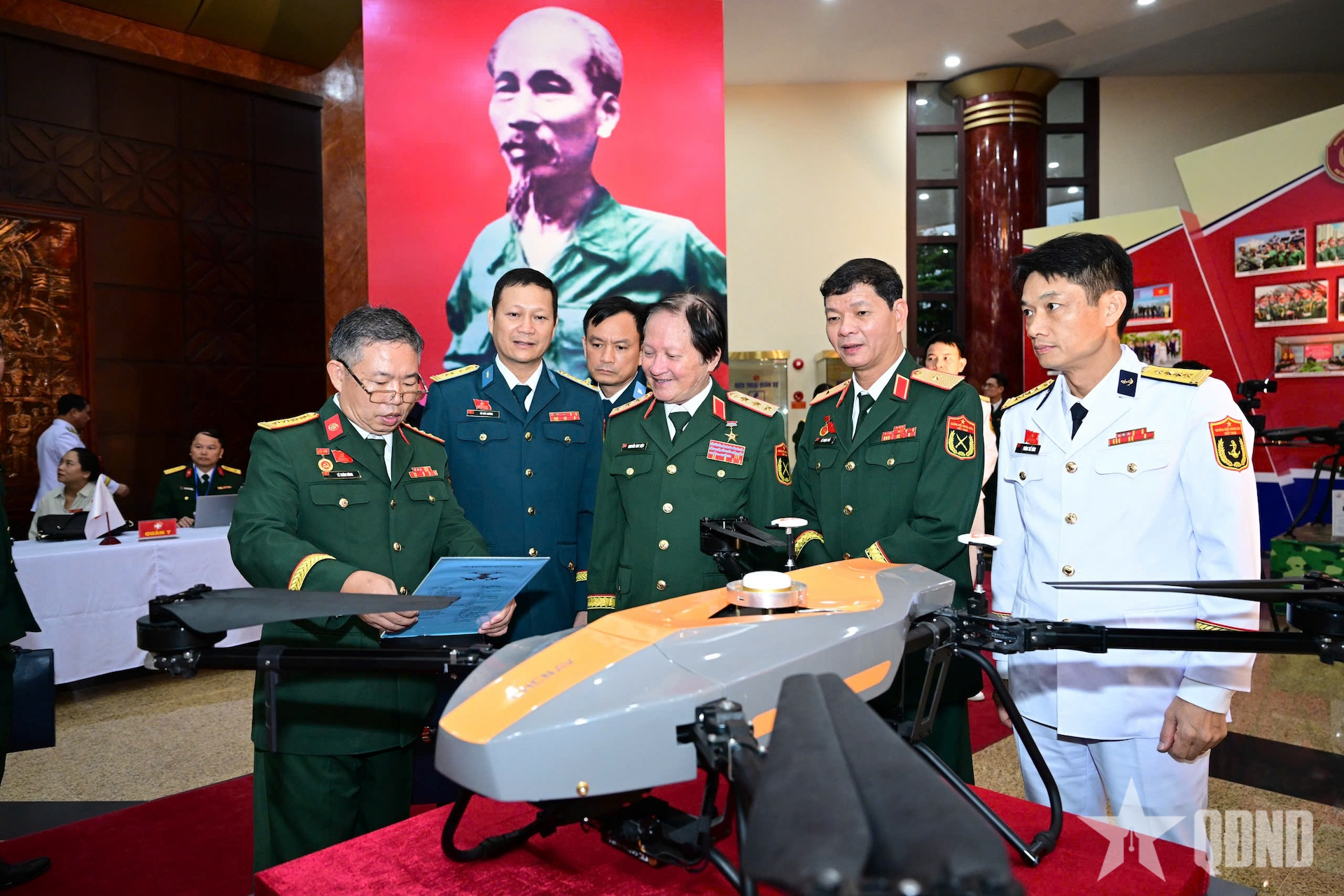 |
| Delegates visit high-tech weapons and equipment products bearing the Vietnam National Defense brand on display at the 12th Military Party Congress. Photo: VIET TRUNG |
During the resistance war against French colonialism, political work activities had a clear maturity. Practice focused on the contents and aspects of work such as: Ideological work; Party building organization work; implementing the Party's leadership mechanism for the Army; cadre work; building political agencies, political cadres at all levels; security protection work; mass mobilization work; enemy mobilization work; policy work; building mass organizations and military councils. However, due to historical conditions, during this period, political work in the Army had not yet summarized practical experience, so the formation of principles for conducting political work still stopped at the thoughts and viewpoints guiding each content and each aspect of work, and had not been generalized into the most general principles guiding all political work activities.
During the resistance war against the American imperialists, the activities of the Red Cross and the Political Reform Party developed remarkably. Focusing comprehensively on all aspects of work, in accordance with the characteristics of each period, each task, each specific battlefield. Making the troops thoroughly understand the Party's revolutionary guidelines, policies, strategies, and tactics, and the army's tasks; clearly understanding the nature of the enemy's plots and tricks; launching a high tide of resistance against the US and national salvation; promoting the combined strength of the whole country to be determined to protect the North, liberate the South, unify the Fatherland, and bring the whole country to socialism. The practice summary activity was carried out, the General Department of Politics chaired the summary of the Red Cross and Political Reform Party of the Vietnam People's Army from its establishment until 1959, drawing 7 lessons of profound theoretical and practical value. Promulgating the Charter (draft) of the Political Reform Party of the Vietnam People's Army (1958); promulgate the Working Regulations of the functional Departments, some units in the army and local troops. However, the theoretical system on CTĐ and CTCT has not been fully researched.
From 1976 to present, the practice of CTĐ and CTCT activities has always been moving and changing in accordance with each stage of the revolution. It has closely followed the reality in the war to protect the Southwestern and Northern borders, in the fight to protect the sovereignty of the sea and islands of the Fatherland. In building a revolutionary, disciplined, elite, and gradually modern army, building a politically strong army is the basis for improving the overall quality and fighting strength of the army.
Currently, the situation has changed a lot, our country has entered a new era, the 2-level local government model has been implemented. In the Army, agencies and units have been merged, the district-level military model has been abolished, ensuring the building of a lean, strong, revolutionary, disciplined, elite, and modern Army. International integration and defense diplomacy are an objective necessity, the digital popularization movement is being actively implemented. In that context, the 12th Party Congress of the Army has identified many important issues, requiring all agencies and units in the entire army to strive, complete their tasks well and excellently, contributing to the successful implementation of the goals set by the Congress.
Accordingly, the current theory of Party building and Party organization needs to be further studied, supplemented and completed comprehensively. Developing the theory of Party building and Party organization has the task of meeting the requirements of building a politically strong, revolutionary, disciplined, elite and modern Army; providing theoretical and practical bases and solutions to continue consolidating and enhancing the nature of the working class, maintaining the Party's leadership over the Army in all conditions and circumstances. Research, thoroughly grasp and further clarify the development of Party building and Party organization activities in the Army since its establishment, especially the practice of Party building and Party organization activities in the current situation. The content includes the following issues: Theory on the principle of the Party's leadership of the Vietnam People's Army; theory on the Party's leadership mechanism over the Army; theory on the Party's ideological work in the Army; theory on organizational work in the Army; theory on policy work in the Army; Theory of military strategy and political structure in military tasks; research on foreign military politics and the political structure of socialist countries' armies; research and development of the system of concepts and categories of military strategy and political structure.
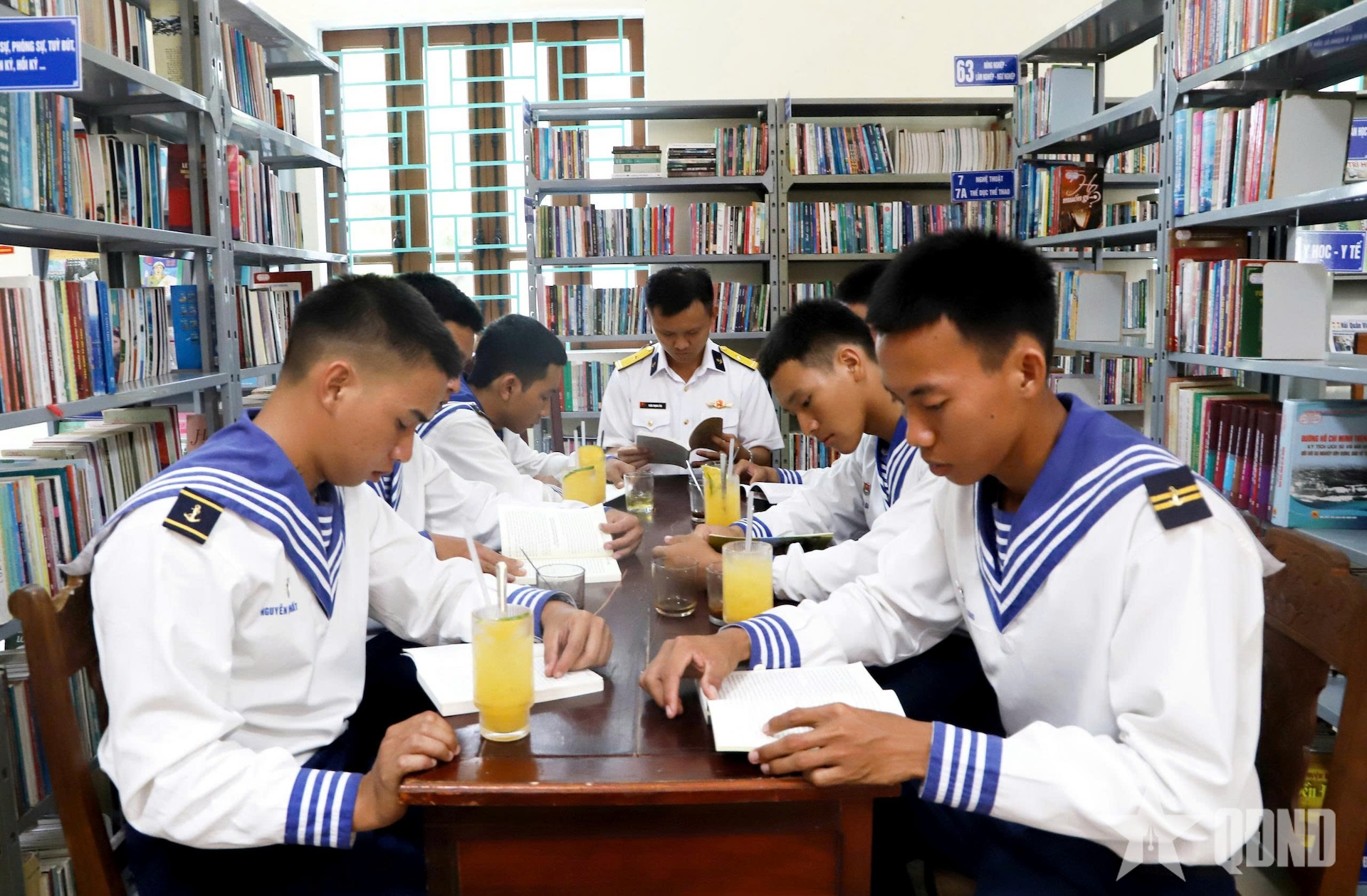 |
| Coffee and book library model in Naval Region 3. Photo: DUY KHÁNH |
Thus, the theory of CTĐ and CTCT in the Vietnam People's Army today consists of 8 basic issues. Accordingly, studying the formation and development of the theory of CTĐ and CTCT in the Vietnam People's Army today needs to closely follow the above issues to clarify the process of formation, supplementation and development through the revolutionary stages.
To develop the theory of CTĐ and CTCT in the army today in the spirit of the Resolution of the 12th Congress of the Party Committee of the Army, it is necessary to focus on implementing the following solutions:
Firstly, enhance the responsibility of organizations, individuals, and functional agencies regarding the necessity of researching and developing theories of CTĐ and CTCT in the current situation. This is an important solution, ensuring that the process of researching and developing theories of CTĐ and CTCT is carried out regularly, continuously, synchronously, and uniformly in the army. Organizations and individuals, especially professional forces, need to clearly define responsibilities and have a plan for additional research to clarify the awareness of CTĐ and CTCT in the army. Invest intelligence, time, assign specific tasks, and promote the research process to have specific, good quality products.
Second, improve the quality of scientific research of research agencies in academies and schools, promote the team of research and teaching staff in the field of military social sciences and humanities. This is the core force, leading in research and development of military theory and military strategy in the army. It is necessary to promote the research capacity of scientists, comrades researching and teaching about military strategy and military strategy in Party building and State administration and some other fields. Each facility can set up articles or assign tasks to a number of individuals to research in this field, focusing on clarifying basic theoretical issues, new points and highlights that the 12th Military Party Congress mentioned such as: Building a politically strong army; defense diplomacy; the General Secretary's proposal on implementing well "2 steadfastness, 2 promotion and 2 prevention" in the current Army.
Third, organize seminars and summarize practical activities of the Party and the Communist Party. Summarizing practice is an important step in the theoretical research of the Party and the Communist Party, aiming to verify existing theoretical knowledge, and at the same time collect and supplement new practical knowledge into the theoretical system of the Party and the Communist Party. Through that, practical problems arise, conflicts that need to be resolved, changes in the situation are carefully studied and appropriate solutions are found. Organizing seminars and summarizing practice needs to clearly define topics and content close to the practical activities of the Party and the Communist Party. That process needs to overcome dogmatism and empiricism, unify theory with practice, and draw conclusions and generalize them into theories of the Party and the Communist Party.
Fourth, there must be mechanisms and policies to ensure favorable conditions for organizations and individuals to participate in research and development of CTĐ and CTCT theories. First of all, there must be mechanisms and policies to treat core experts with dignity so that they can work with peace of mind, improve their careers, devote themselves to theoretical research and summarize practical activities of CTĐ and CTCT. Build a data system and equip the necessary tools and means for core specialized staff to easily summarize practical activities associated with theoretical research and scientific research. Create the best conditions in terms of time for scientists to focus on research, always proactively and promptly assess the current situation, propose highly feasible solutions to contribute to improving the quality and effectiveness of CTĐ and CTCT activities.
Like the practical activities of CTĐ and CTCT, the theory of CTĐ and CTCT also goes through a process of development from low to high, from incomplete to gradually perfect. From the unclear concept of CTĐ and CTCT to the correct generalization of the nature, functions and tasks of CTĐ and CTCT.
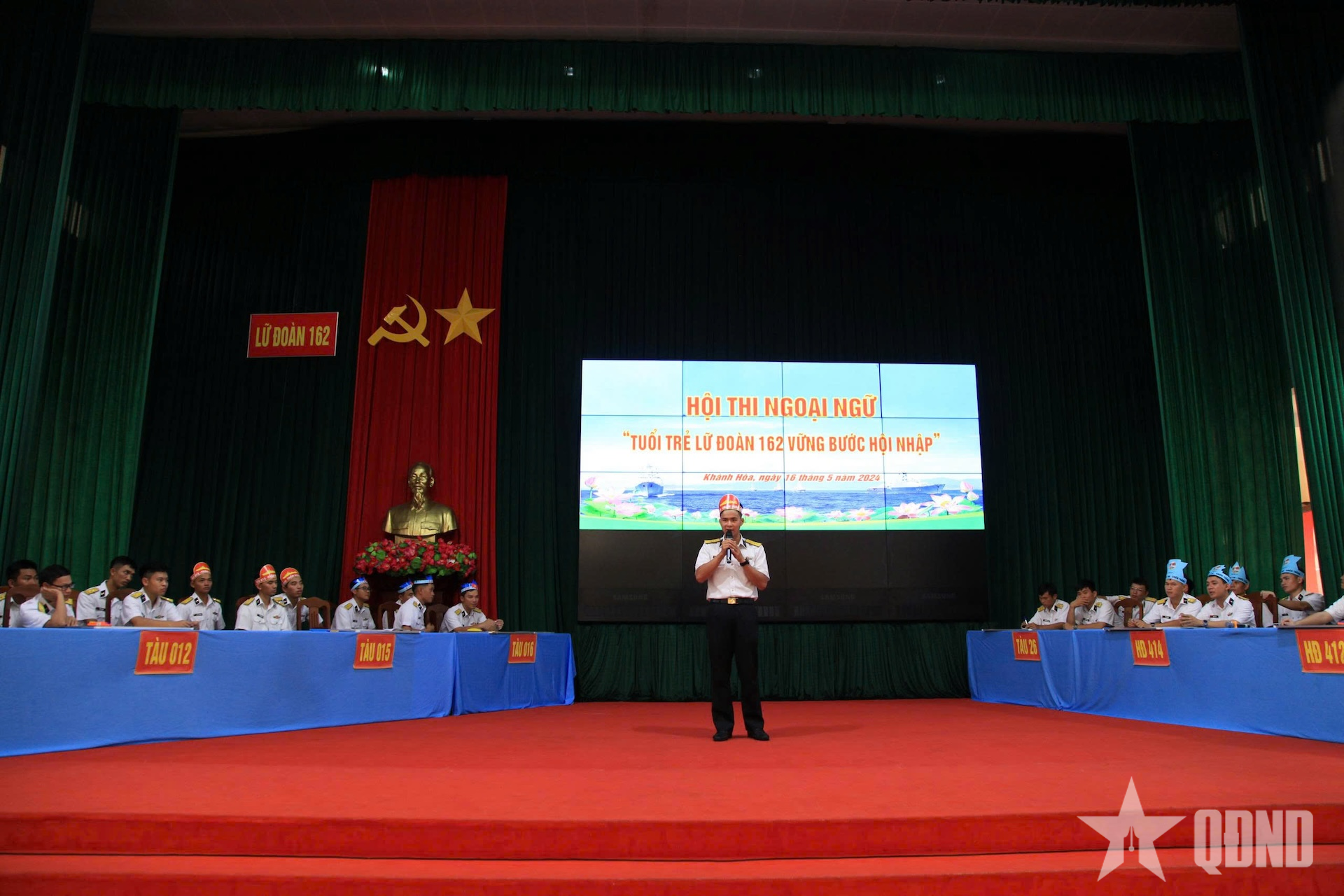 |
| Brigade 162, Naval Region 4 organized the Foreign Language Contest "Youth of Brigade 162 firmly integrates" in 2024. Photo: LE NGOC |
The development of theoretical thinking on communism and revolutionary movements is an objective necessity, but a full awareness of the historical process of that movement allows us to perceive and correctly evaluate the successes and limitations of communism and revolutionary movements, have a dialectical perspective in innovating theoretical thinking on communism and revolutionary movements, and contribute to improving the effectiveness of communism and revolutionary movements in each revolutionary stage.
In the current situation, it is necessary to continue to research, analyze more deeply, specifically, generally and comprehensively the theory of CTĐ and CTCT, to meet the requirements of building a revolutionary, disciplined, elite and modern Army. Contribute to building a politically strong Army, further improving the quality and effectiveness of CTĐ and CTCT activities in the Army.
Lieutenant Colonel, Master NGUYEN DINH LAM, g
Source: https://www.qdnd.vn/quoc-phong-an-ninh/xay-dung-quan-doi/phat-trien-ly-luan-cong-tac-dang-cong-tac-chinh-tri-dap-ung-yeu-cau-xay-dung-quan-doi-vung-manh-857099





![[Photo] Cat Ba - Green island paradise](/_next/image?url=https%3A%2F%2Fvphoto.vietnam.vn%2Fthumb%2F1200x675%2Fvietnam%2Fresource%2FIMAGE%2F2025%2F12%2F04%2F1764821844074_ndo_br_1-dcbthienduongxanh638-jpg.webp&w=3840&q=75)


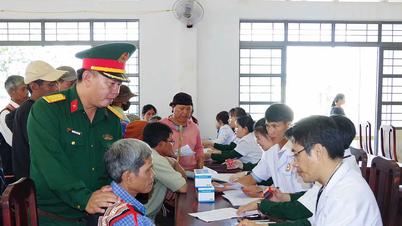

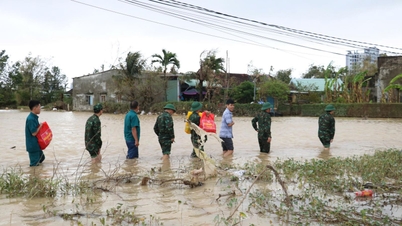

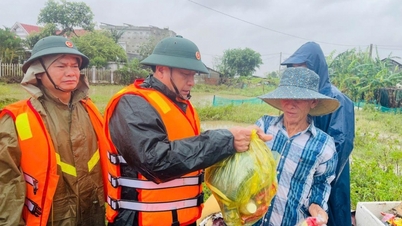

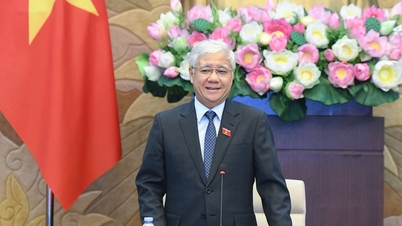


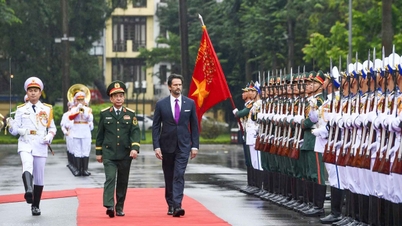

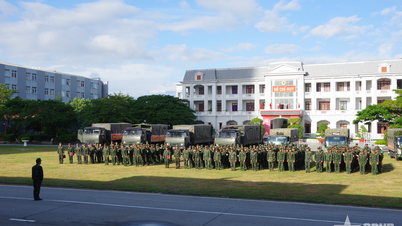
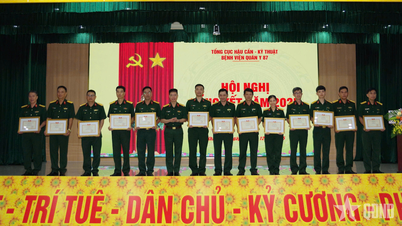
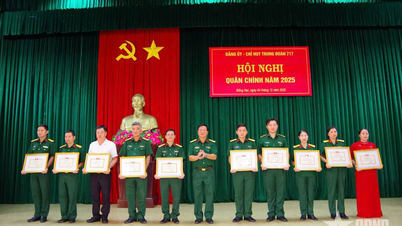
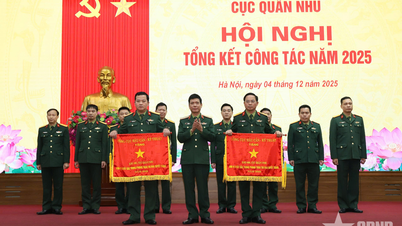
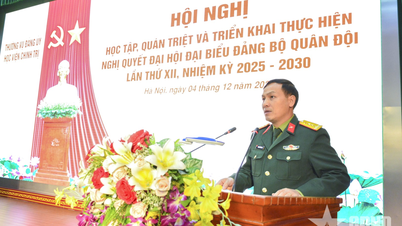




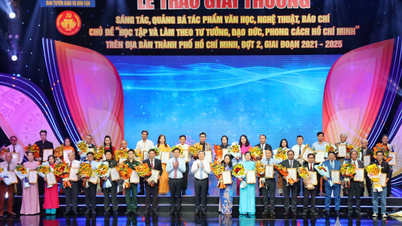
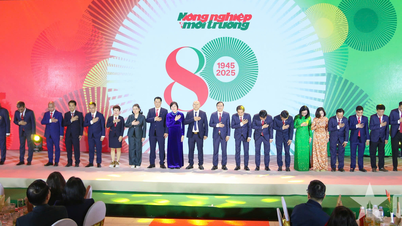
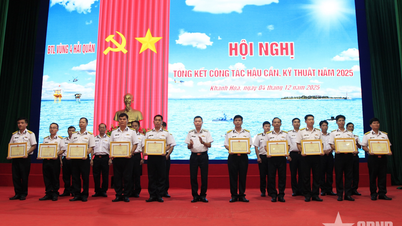


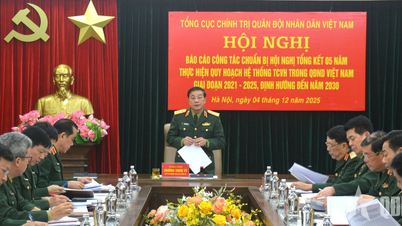

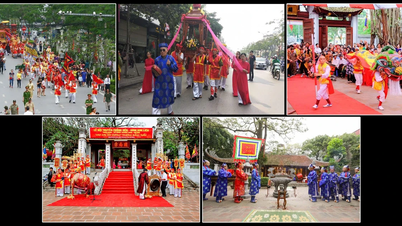

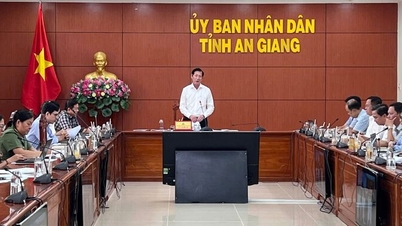

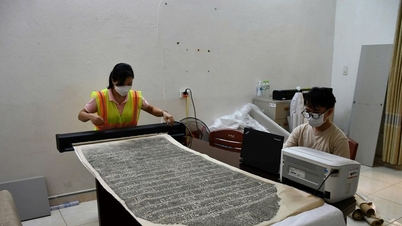

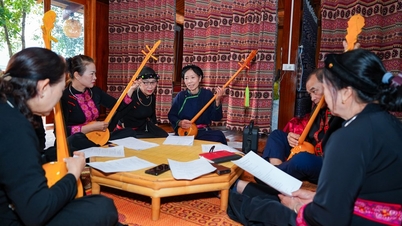



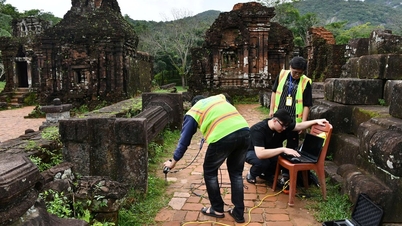




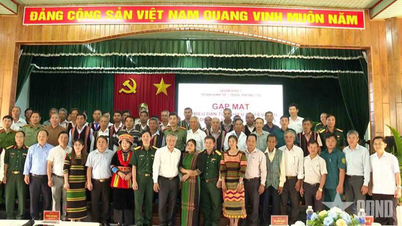
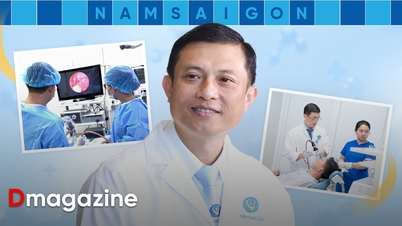

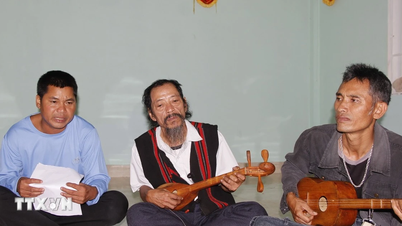
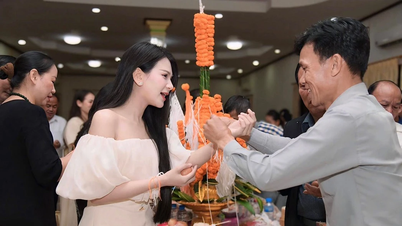



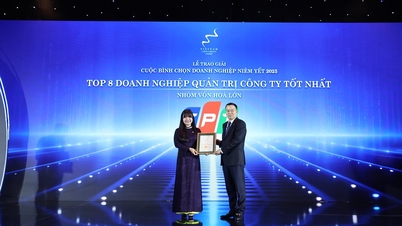

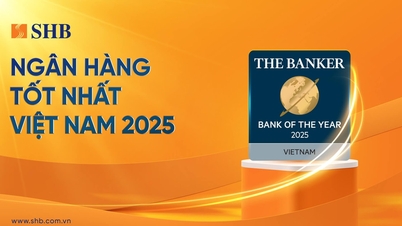
![[VIMC 40 days of lightning speed] Da Nang Port: Unity - Lightning speed - Breakthrough to the finish line](https://vphoto.vietnam.vn/thumb/402x226/vietnam/resource/IMAGE/2025/12/04/1764833540882_cdn_4-12-25.jpeg)
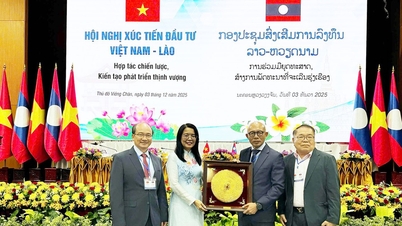

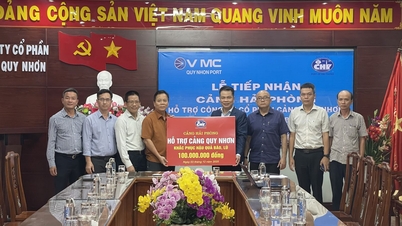







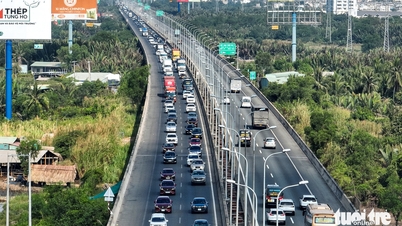
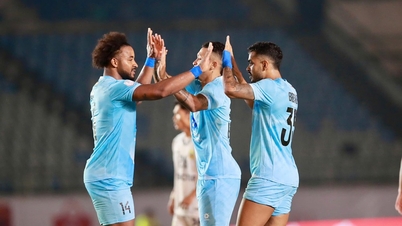




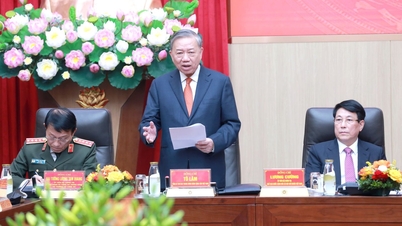

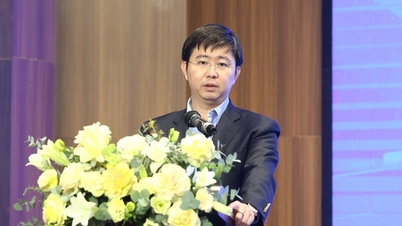

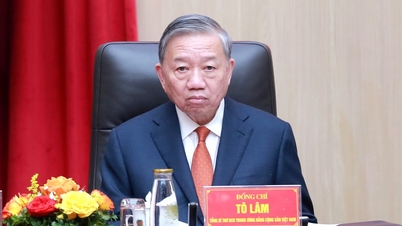





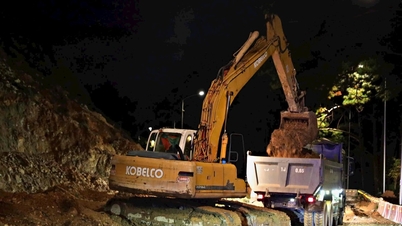

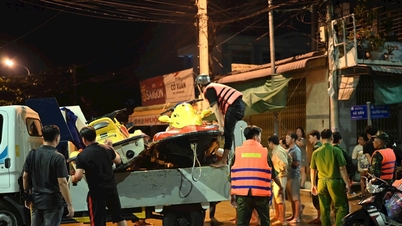
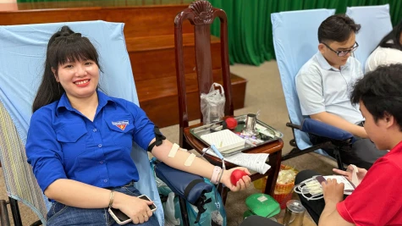

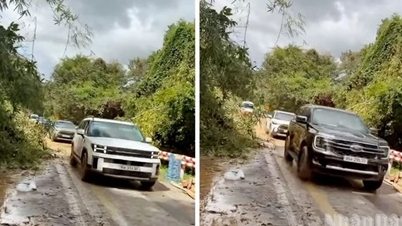
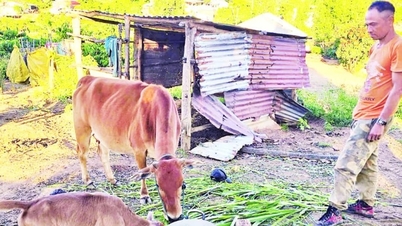
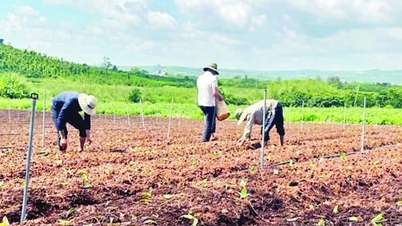












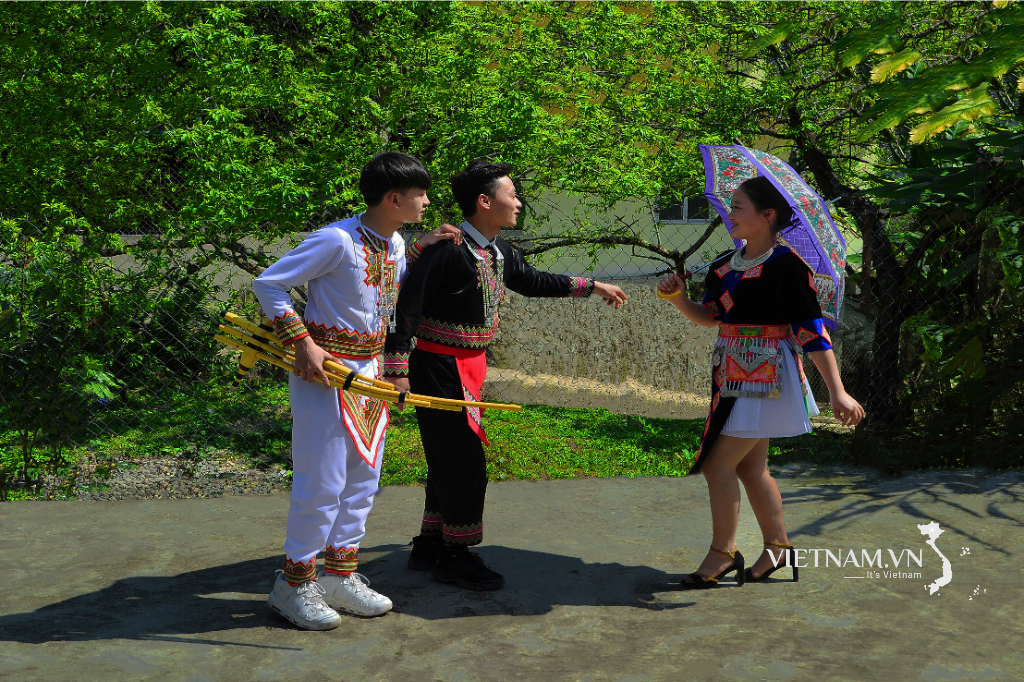
Comment (0)